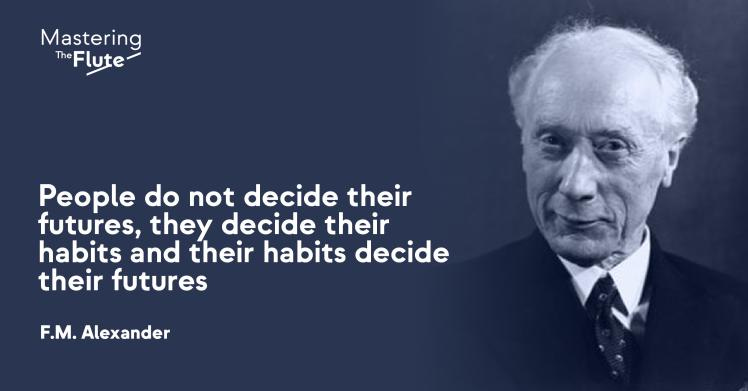The Alexander Technique
Move Lighter, Live Better: Discovering the Power of Alexander Technique
Let me tell you about the Alexander Technique, which I discovered years ago and still rely on today. As a chiropractor, my focus is on helping people move better, feel better, and reduce tension—and this method aligns perfectly with that. It’s not some mystical stretching routine; it’s a straightforward approach to getting your body and mind in sync.
Let me break it down, share my experience, and explain how it’s helped me and my patients.
First, how did the Alexander Technique originate? Imagine Frederick Matthias Alexander, an Australian actor in the late 1800s, facing a performer’s nightmare: recurrent voice loss during shows. When doctors couldn’t help, he investigated himself. Using multiple mirrors, he observed his movements, posture, and speech patterns. He discovered he was habitually tensing his neck and pulling his head back and down, which disrupted his voice and breathing.
Through years of experimentation, he created a method to release these patterns, learning to move with greater ease and awareness. By the early 1900s, he began teaching it to others, and the Alexander Technique was established. It’s more about unlearning unhelpful habits than “fixing” posture or movement issues.
What does a typical lesson involve? It’s not like a workout or yoga session—it’s more subtle. You work one-on-one with a practitioner for about 30 to 45 minutes, exploring everyday actions like sitting, standing, or walking, with a focus on your habitual patterns.
The “instructor” provides light hands-on guidance, touching areas like your neck, shoulders, or back to highlight tension. They also offer verbal directions, such as “let your neck be free” or “allow your head to move forward and up.” These cues encourage you to reconsider your movements.
Sessions may include lying on a table in “constructive rest,” where you release tension as the practitioner gently refines your alignment. It’s not a massage—it’s an interactive process that reveals and reduces unnecessary effort in how you move.
Now, my own story: During chiropractic school, I was eager to explore anything that could improve my skills or simply help me cope with the demands. My posture suffered from long hours hunched over studying and leaning over adjusting tables.
When I learned about the Alexander Technique, I bought books and tried to figure it out through books—then I decided to try it and enrolled in classes. Emory University had a class as part of its “adult education” program. So once a week for 8 weeks, I drove down to Decatur to attend this class.
The instructor was a very knowledgeable old guy, and in one of the first classes, he asked for a volunteer to demonstrate in front of the class.
I raised my hand, and he brought me to the front of the room. He assessed my posture and then asked me to close my eyes while he did his thing. After a few minutes, he told me to keep my eyes closed and tell the class how I felt. I said: “I feel crooked.” And the class burst out laughing. Turns out, you can’t trust “feeling” if your entire proprioception is off.
The instructor guided me through sitting or standing while using phrases like “let your spine lengthen” or “release your jaw.” It was straightforward yet insightful. I became aware of unconscious habits, like tightening my shoulders or locking my knees. Those lessons didn’t just improve my stance—they reshaped my approach to movement.
Today, I draw on what I learned, particularly the verbal directions, to ease tension for myself and my patients.
Here’s how they work: these commands are simple mental prompts to release muscle tightness. For instance, if stress has your neck locked up, you might think, “Let my neck be free,” while visualizing it softening. Or for raised shoulders, “Let my shoulders widen and release.” The essence is combining the words with mindful attention—don’t just recite them; sense the change. It’s not mystical; it’s a way to signal your nervous system to ease overactive muscles.
I often notice myself slumping at my desk, pause to breathe, and direct, “Head forward and up, spine lengthening.” In moments, my posture adjusts, and tension fades. I share this with patients, especially those holding stress in their upper back or lower spine—it’s like granting your body freedom from self-imposed strain.
The Alexander Technique isn’t an instant solution; it requires consistent practice to become intuitive. But once it does, it’s a valuable tool for navigating life with less effort. For me, it’s transformed how I treat patients and maintain my own well-being. If you’re interested in better movement or shedding that constant burden, consider trying it. You may find daily life feels remarkably lighter—I certainly did
(Btw, the Alexander technique is taught at Juilliard and other performing arts schools)
Alexander Technique Books on Amazon





